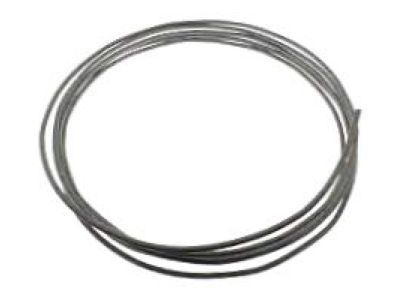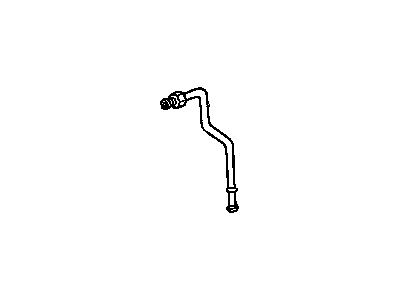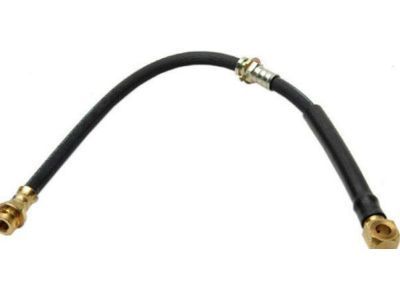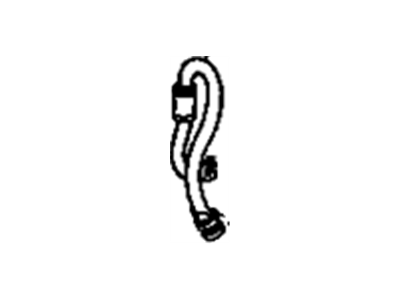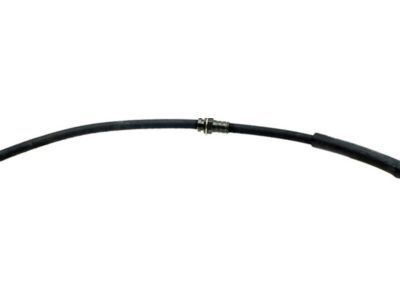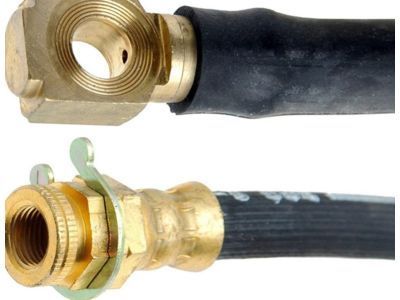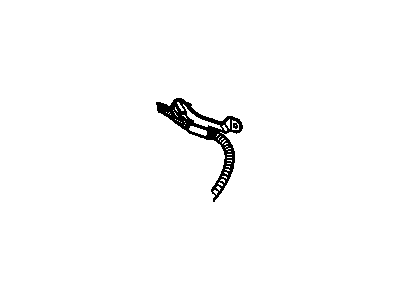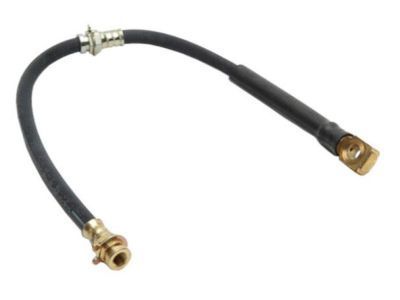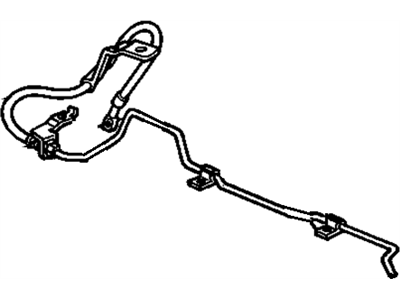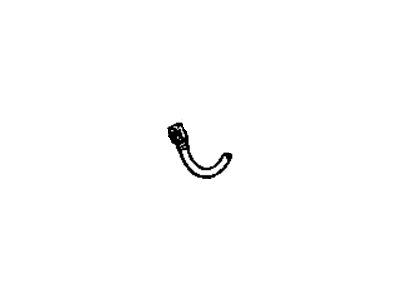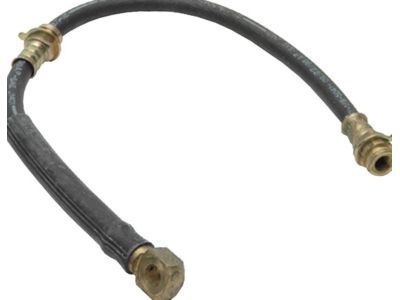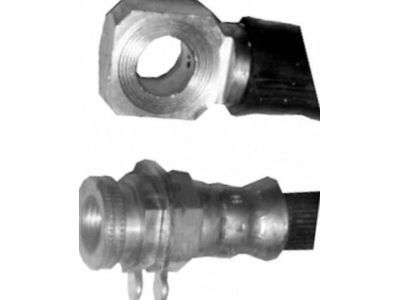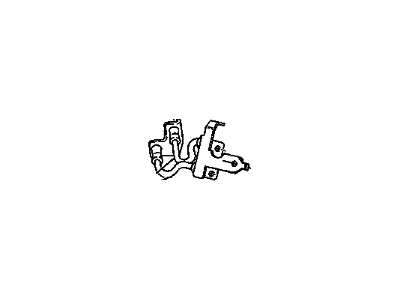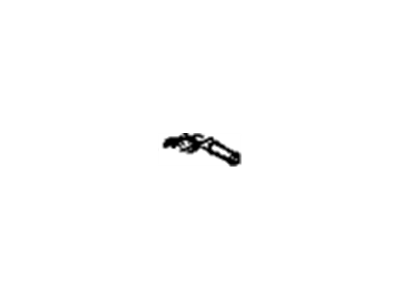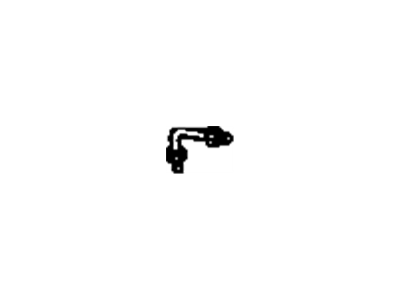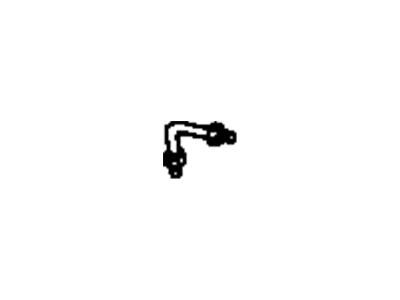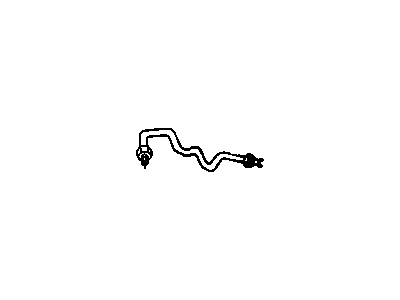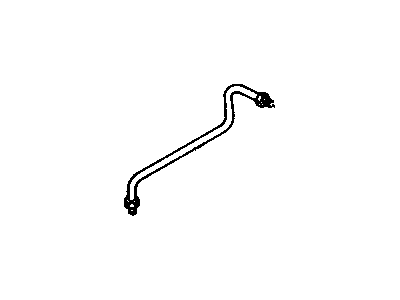
My Garage
My Account
Cart
Genuine Pontiac Firebird Brake Line
Brake Hose- Select Vehicle by Model
- Select Vehicle by VIN
Select Vehicle by Model
orMake
Model
Year
Select Vehicle by VIN
For the most accurate results, select vehicle by your VIN (Vehicle Identification Number).
32 Brake Lines found
Pontiac Firebird Pipe,Brake (Bulk Tubing 5/16" 8Mm)
Part Number: 12541500$39.99 MSRP: $63.76You Save: $23.77 (38%)Ships in 1-3 Business DaysPontiac Firebird Hose Asm,Front Brake
Part Number: 19173259$13.62 MSRP: $25.70You Save: $12.08 (47%)Ships in 1-3 Business DaysPontiac Firebird Hose Asm,Rear Brake
Part Number: 19173580$20.35 MSRP: $38.40You Save: $18.05 (48%)Ships in 1-3 Business DaysPontiac Firebird Hose Asm,Front Brake
Part Number: 19173581$19.20 MSRP: $36.23You Save: $17.03 (48%)Ships in 1-3 Business DaysPontiac Firebird Hose Asm,Rear Brake
Part Number: 22163167$26.53 MSRP: $50.05You Save: $23.52 (47%)Ships in 1-2 Business DaysPontiac Firebird Hose Asm,Rear Brake Crossover
Part Number: 18032000$19.68 MSRP: $37.15You Save: $17.47 (48%)Ships in 1-3 Business DaysPontiac Firebird Hose Asm,Rear Brake
Part Number: 19173455$38.79 MSRP: $73.18You Save: $34.39 (47%)Ships in 1-3 Business DaysPontiac Firebird Hose Asm,Front Brake (Outer)
Part Number: 18032338$19.80 MSRP: $37.36You Save: $17.56 (47%)Ships in 1-3 Business DaysPontiac Firebird Hose Asm,Front Brake
Part Number: 19173203$16.85 MSRP: $31.80You Save: $14.95 (48%)Pontiac Firebird Hose Asm,Front Brake
Part Number: 19173202$21.17 MSRP: $39.95You Save: $18.78 (48%)Pontiac Firebird Hose Asm,Front Brake
Part Number: 19173307$14.15 MSRP: $25.38You Save: $11.23 (45%)
| Page 1 of 2 |Next >
1-20 of 32 Results
Pontiac Firebird Brake Line
The Brake Line in Pontiac Firebird is used to provide brake fluid for the brake caliper pistons of the hydraulic braking system begun from the master cylinder. This system plays an important role of guaranteeing adequate holding capability if the brake pedal is pressed. Years of manufacturing Pontiac Firebird have brought multiplicity of brake line types, including metal and rubber brake hoses. Metal lines are very vulnerable to corrosion and damage from the stones on the road and rubber hoses often crack and become damaged internally due to the effects of time and incorrect fitting. For the performance driving, there is a change from stainless steel Brake Lines to rubber lined hoses which offer stiffer pedal feel in high performance cases.
Each OEM Pontiac Firebird Brake Line we offer is competitively priced and comes with the assurance of the manufacturer's warranty for the part. Furthermore, we guarantee the speedy delivery of your orders right to your doorstep. Our hassle-free return policy is also in place for your peace of mind.
Pontiac Firebird Brake Line Parts Questions & Experts Answers
- Q: How often should you inspect the Brake Line and Hydraulic Hose to the brake assemblies, and what steps should you follow for replacement and installation on Pontiac Firebird?A:Front and rear brake flexible hoses which connect the steel brake lines to the brake assemblies must be checked about every six months and this can be done accurately when the vehicle is resting on jackstands and (List down the following checks to be done on the flexible hoses,) Use a light and a mirror and in case the hose is damaged, it should be replaced with a new one. For the front brake hose, unscrew the brake line from the hose fitting with the assistance of a back up wrench, then remove the U-clip and the hose from the bracket,, At the caliper end, washers were removed from both the fitting block and the bolt and the hose as well as the copper gaskets were also removed. When replacing the new hose, use new copper gaskets, apply clean brake fluid to the bolt threads and assure that the fitting flange comes in contact with the caliper before applying the recommended torque. Slide the female fitting to the hose bracket with the hose lying flat and secure it with the U-clip, connect and tighten the brake line to the female hose fitting as required. After installation, take the time to carefully examine the hose and look for kinks and ensure that the hose is in no way touching any of the suspension parts and this is done by swerving the wheels to the left and then to the right. For the rear brake hose, the two steel brake lines connected to the junction block on the rear axle must be undone, the hose fixed at the female end has to be unscrewed, besides, the U-clip has to be removed. Mark the relative position of the junction block for assembly on the axle and saddle, then unbolt it and take out the hose. During installation you have to mate the steel line fittings into the junction block, then fasten the block to the axle tightening all nuts and bolts to the required torque. Place the female end of hose in the frame bracket using the U clip and the male steel line fitting in position, there should be no bending. Ensure the frame bracket is properly fitted and re-tighten if loose, then fill up the master cylinder reservoirs then bleed the clutch system. Currently, steel lines are used and when replacing these it is recommended that only double-walled steel tubing be used in the design in place of copper due to its fatigue and corrosion nature. Auto parts stores provide various brake line lengths ready made that can be bend by hand or with a tubing bender if not easily bendable. In case prefabricated lengths are not available get the recommended steel tubing and fittings, measure the old line for length and cut the new tubing accordingly but ½" extra for flaring purposes. Remove one of the ends of the cut tubing and put the fittings on the tubing; use the ISO flaring tool to flare the end to match the shape of the old line. The local auto parts stores can always do a tube flaring and bending and also guarantee a minimum of ¾ clearance from brake line to other moving parts on the car before installing.
Related Pontiac Firebird Parts
Browse by Year
2002 Brake Line 2001 Brake Line 2000 Brake Line 1999 Brake Line 1998 Brake Line 1997 Brake Line 1996 Brake Line 1995 Brake Line 1994 Brake Line 1993 Brake Line 1992 Brake Line 1991 Brake Line 1990 Brake Line 1989 Brake Line 1988 Brake Line 1987 Brake Line 1986 Brake Line 1985 Brake Line 1984 Brake Line 1983 Brake Line 1982 Brake Line
